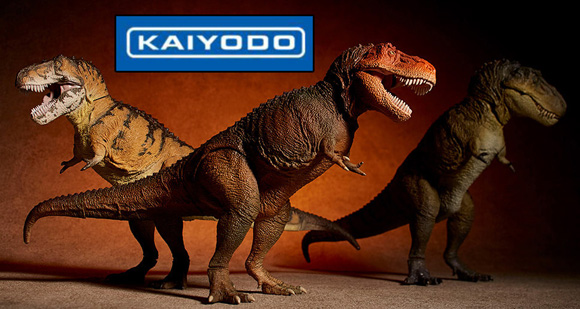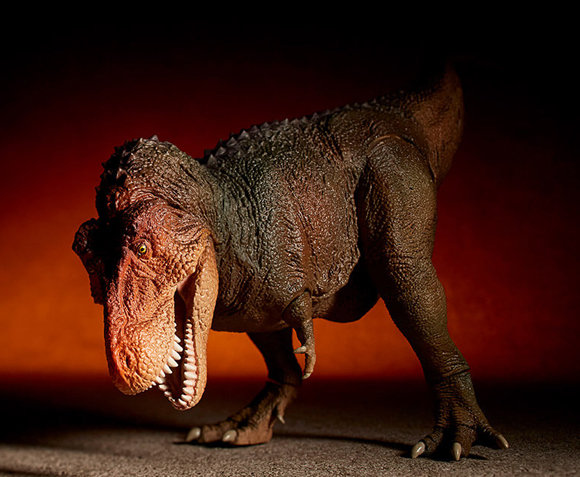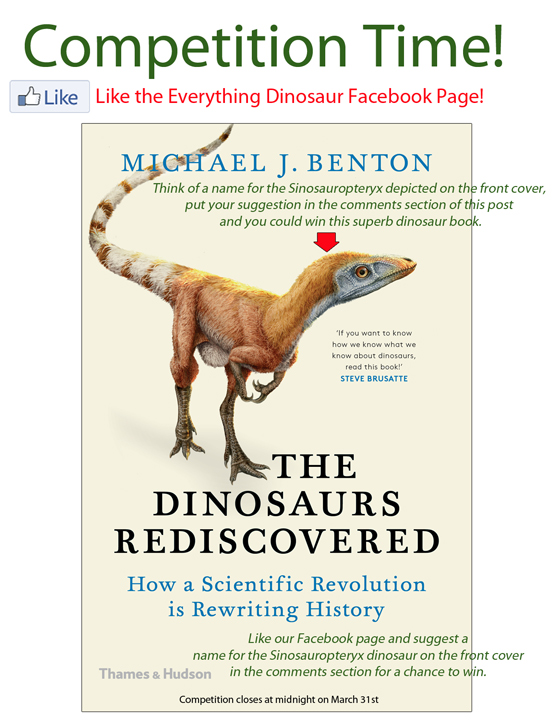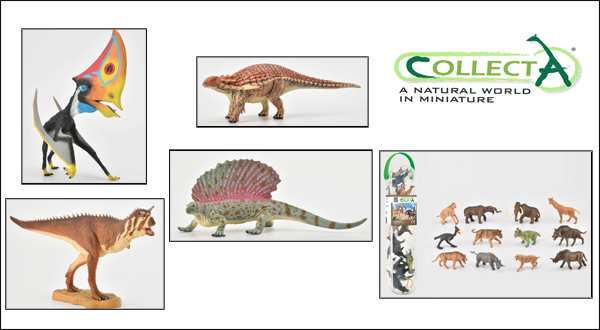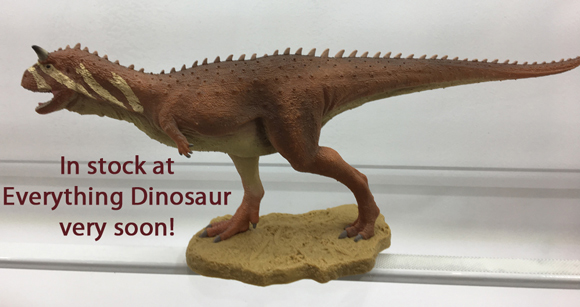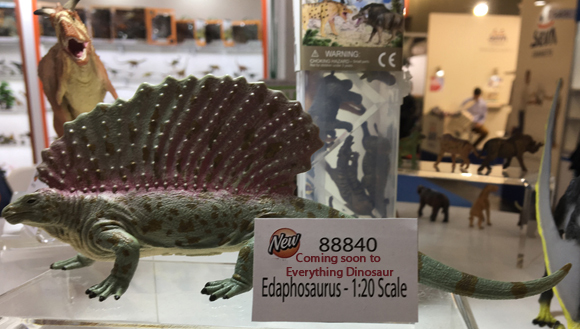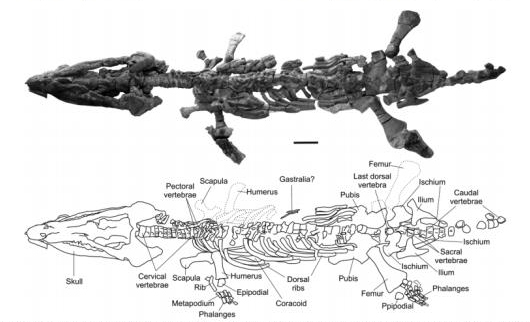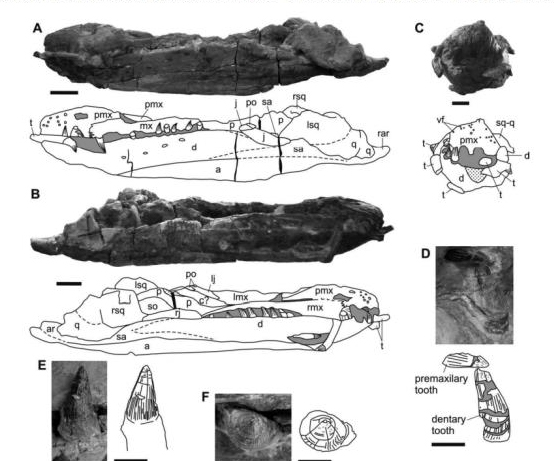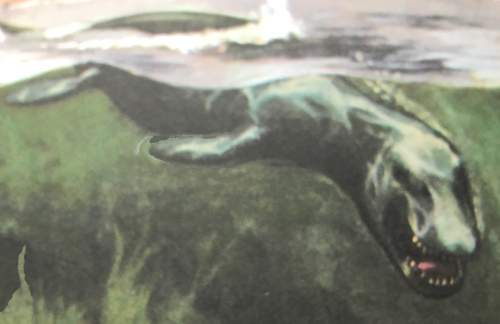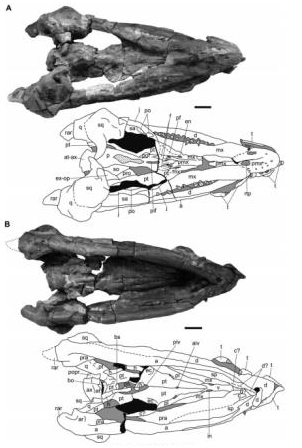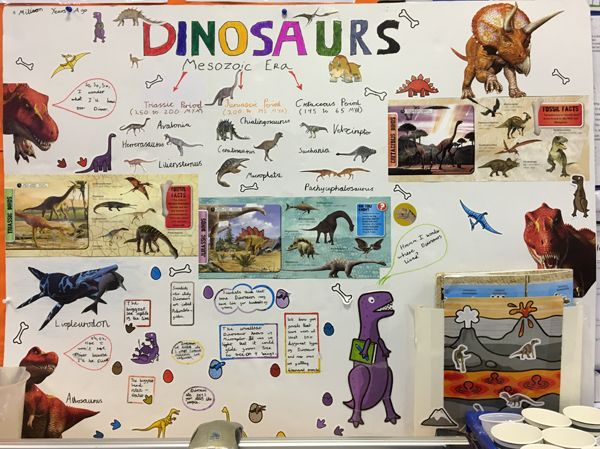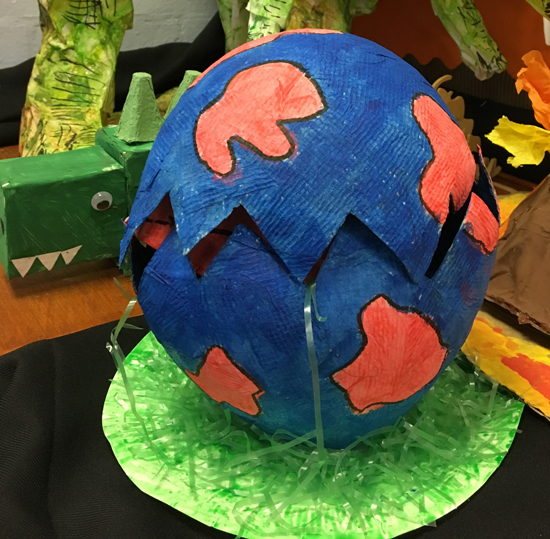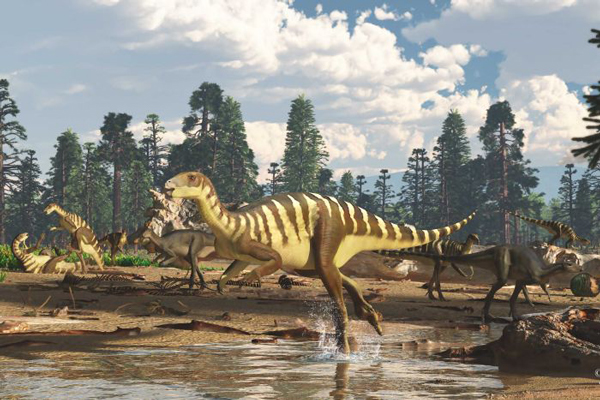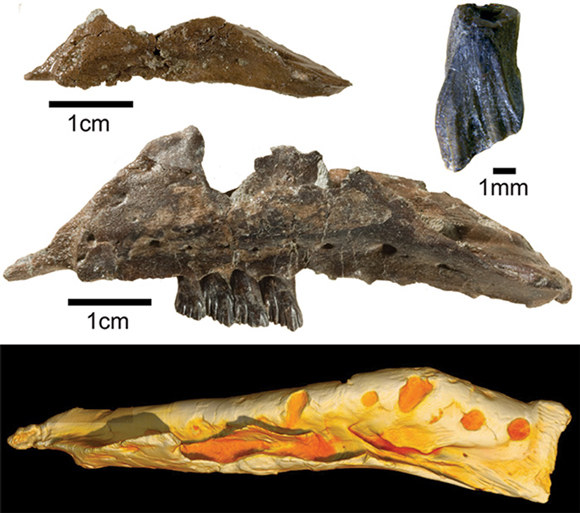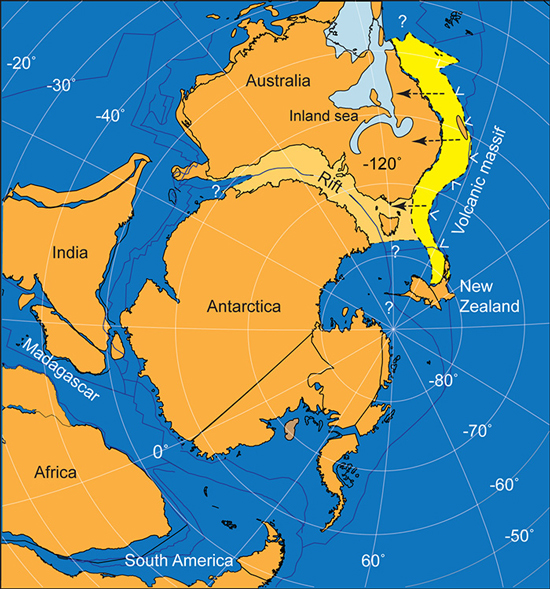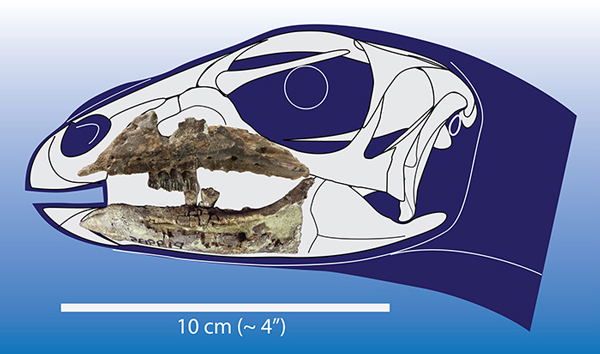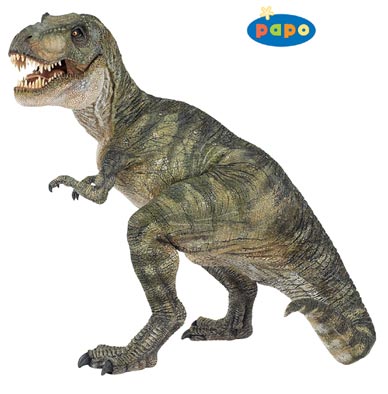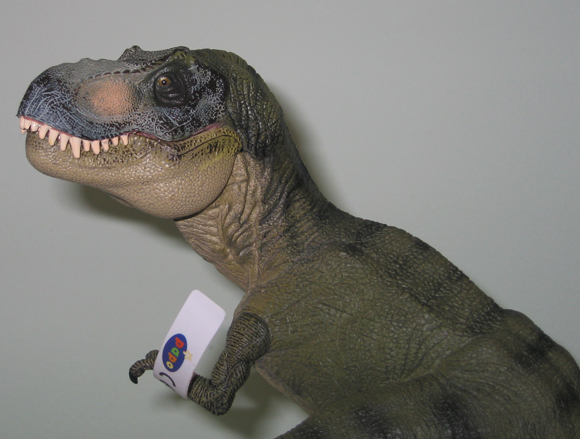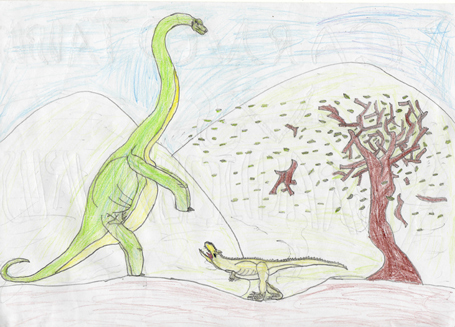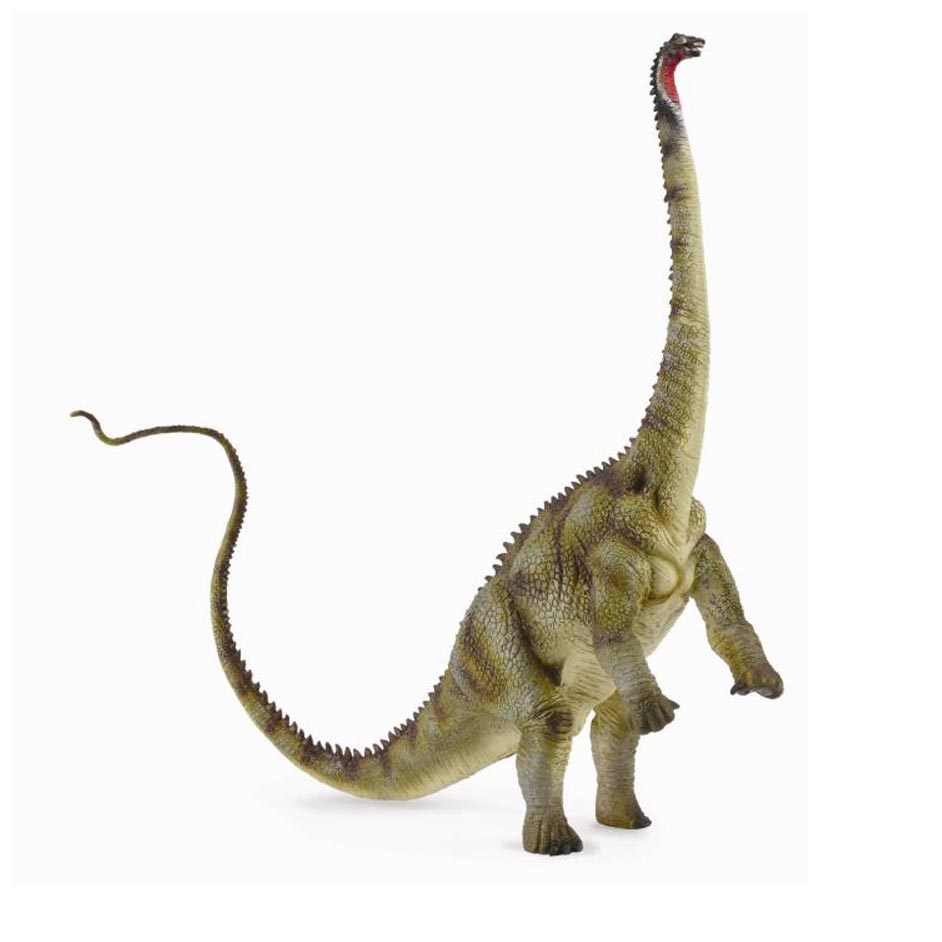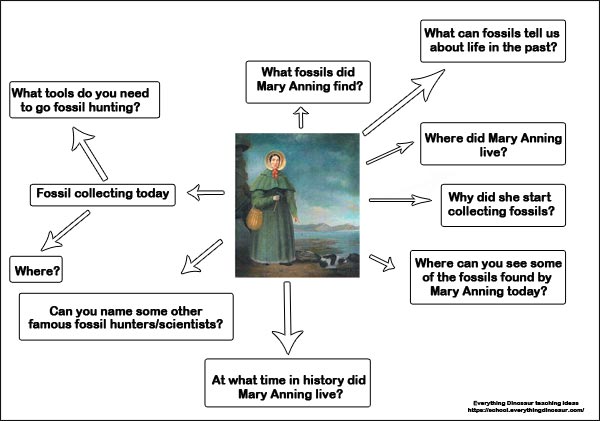JurassicCollectables Unboxing A Trio of T. rex Figures
JurassicCollectables Unboxing A Trio of T. rex Figures
The talented team at JurassicCollectables got a surprise this week. A large box was delivered to them, it came from us at Everything Dinosaur, but what did it contain? The narrator could hardly contain his excitement as he carefully cut through the securing tape and examined the contents. Inside, were all three of the rare, limited edition Kaiyodo Sofubi Toy Box T. rex dinosaur figures. A trio of Tyrannosaurus rex models from Japan for JurassicCollectables to review.
An Unboxing Video (Kaiyodo Sofubi Toy Box T. rex Figures) from JurassicCollectables
Video credit: JurassicCollectables
What’s in the Box?
In this short video (it lasts just under three minutes), the narrator discovers all three of the Kaiyodo Sofubi Toy Box T. rex figures. First out of the box is the yellow and black colour variant of this articulated dinosaur model series (SOFUBITOYBOX018A TYRANNOSAURUS REX). The next dinosaur to feature is the “smoke green” colour variant from Kaiyodo (SOFUBITOYBOX018B TYRANNOSAURUS REX) and last but not least, the narrator reveals that the parcel also contained the beautiful “classic” colour variant which comes in its own presentation pack.
The narrator comments that he had to find a new place to shoot the video, as the box was so large, the three models are surprisingly big, they each measure around twenty-seven centimetres long.
All Three of the Kaiyodo Sofubi Toy Box T. rex Dinosaur Figures
Clever Articulation
All three models were made to highlight the capabilities of the design team at Kaiyodo, when it comes to constructing articulated prehistoric animal figures. Each model has a total of ten points of articulation, as far as we at Everything Dinosaur know, this is the largest amount of articulation in any T. rex collectable figure which stands under thirty centimetres high. The neck, the upper jaw, forelimbs and both ankles are articulated. In addition, there are two points of articulation associated with the tail.
The Dinosaur Models can be placed in Different Poses
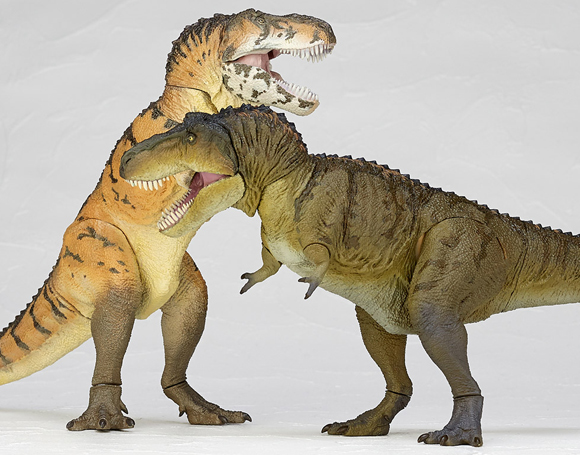
To view the range of Kaiyodo dinosaur models and other prehistoric animals available from Everything Dinosaur: Dinosaur Models and Prehistoric Animal Figures.
A History of Tyrannosaurus rex Poses in One Dinosaur Figure
The concept behind the design of these limited edition figures, is quite simple. Kaiyodo wanted to produce a single dinosaur model that permitted the collector to place the T. rex in all its poses that have been proposed for how this dinosaur stood since it was formally named and scientifically described back in 1905. This was quite a challenge, however, each model can be put into the traditional “kangaroo stance”, with the tail resting on the ground. It can also be posed in numerous other configurations, representing more modern approaches to the stance of this hypercarnivore from the Late Cretaceous of North America.
The “Smoke Green” Kaiyodo Sofubi Toy Box T. rex Standing Tall
Picture credit: Everything Dinosaur
Rare Dinosaur Models
When first produced, these three figures were part of a limited production run and all colour versions are now all out of production (we think). These Japanese models are certainly very rare and not widely available. The Kaiyodo Sofubi articulated Tyrannosaurus rex figures are for collectors, they are classified as “collectable prehistoric animal figures”, as such they have a 15 years and above age classification. These are articulated dinosaur models that have an age rating!
The “Classic” Kaiyodo Sofubi Toy Box Tyrannosaurus rex
Tyrannosaurus rex Models
We look forward to watching the model reviews from JurassicCollectables.
To see the huge range of prehistoric animal model reviews made by JurassicCollectables, check out their amazing YouTube channel, don’t forget to subscribe! Catch: JurassicCollectables on YouTube.
Visit the award-winning Everything Dinosaur website: Everything Dinosaur.


